Nasa trials nuclear reactor to power settlement on Mars
Compact system designed to sustain long-term human colonisation

Scientists have trialled a small nuclear reactor that could be used to sustain life on the uninhabitable surface of Mars, officials announced yesterday.
Nasa and the US Department of Energy have developed the nuclear fission reactor to power manned missions to the red planet or other potentially habitable worlds within the solar system, says Reuters.
Powering a small colony on another planet or moon is a huge challenge, the news site says, as the nuclear reactor’s design must be “strong enough to sustain a base but small and light enough to allow for transport through space”.
The Week
Escape your echo chamber. Get the facts behind the news, plus analysis from multiple perspectives.

Sign up for The Week's Free Newsletters
From our morning news briefing to a weekly Good News Newsletter, get the best of The Week delivered directly to your inbox.
From our morning news briefing to a weekly Good News Newsletter, get the best of The Week delivered directly to your inbox.
Speaking at the reactor’s launch event, Nasa‘s space technology mission directorate chief, Steve Jurczyk, said: “Mars is a very difficult environment for power systems, with less sunlight than Earth or the Moon, very cold nighttime temperatures, [and] very interesting dust storms that can last weeks and months that engulf the entire planet.”
The new reactor’s size and strength allows the agency to “deliver multiple units on a single lander to the surface that provides tens of kilowatts of power”, Jurczyk added.
The power supply is also reliable and uses less fuel than conventional generators, says Space.com. This makes it more efficient than solar power systems, which require consistent sunlight to work.
The two US government bodies began trialling the reactor late last year, the website says, with harsher tests for a flight-ready power generator due to commence in spring.
A free daily email with the biggest news stories of the day – and the best features from TheWeek.com
But it may be some time before the nuclear reactor is blasted off to Mars, as Nasa is not planning to send a manned mission to the red planet until the 2030s at the earliest.
-
 The MAGA civil war takes center stage at the Turning Point USA conference
The MAGA civil war takes center stage at the Turning Point USA conferenceIN THE SPOTLIGHT ‘Americafest 2025′ was a who’s who of right-wing heavyweights eager to settle scores and lay claim to the future of MAGA
-
 The 8 best drama movies of 2025
The 8 best drama movies of 2025the week recommends Nuclear war, dictatorship and the summer of 2020 highlight the most important and memorable films of 2025
-
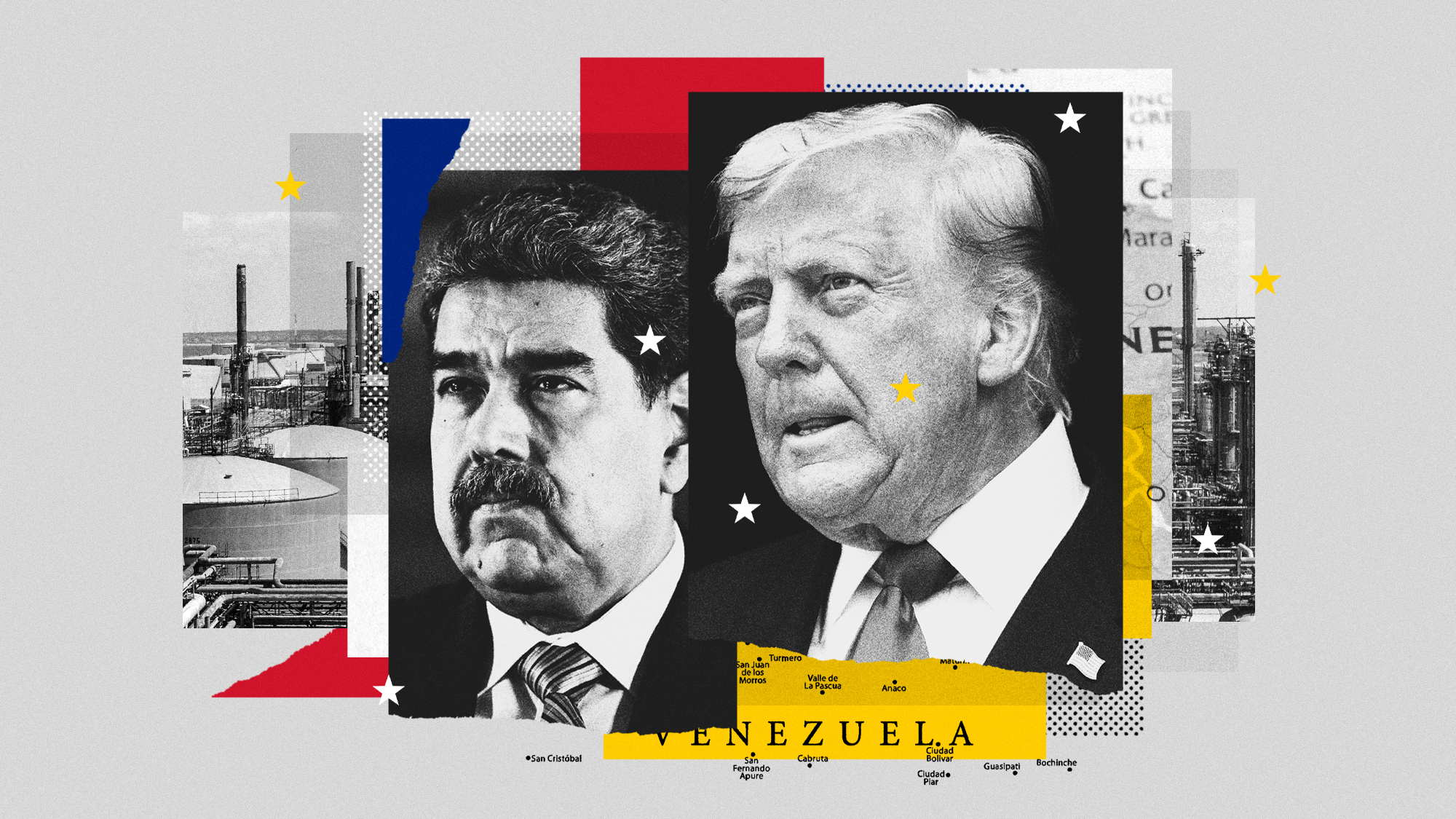 Why, really, is Trump going after Venezuela?
Why, really, is Trump going after Venezuela?Talking Points It might be oil, rare minerals or Putin
-
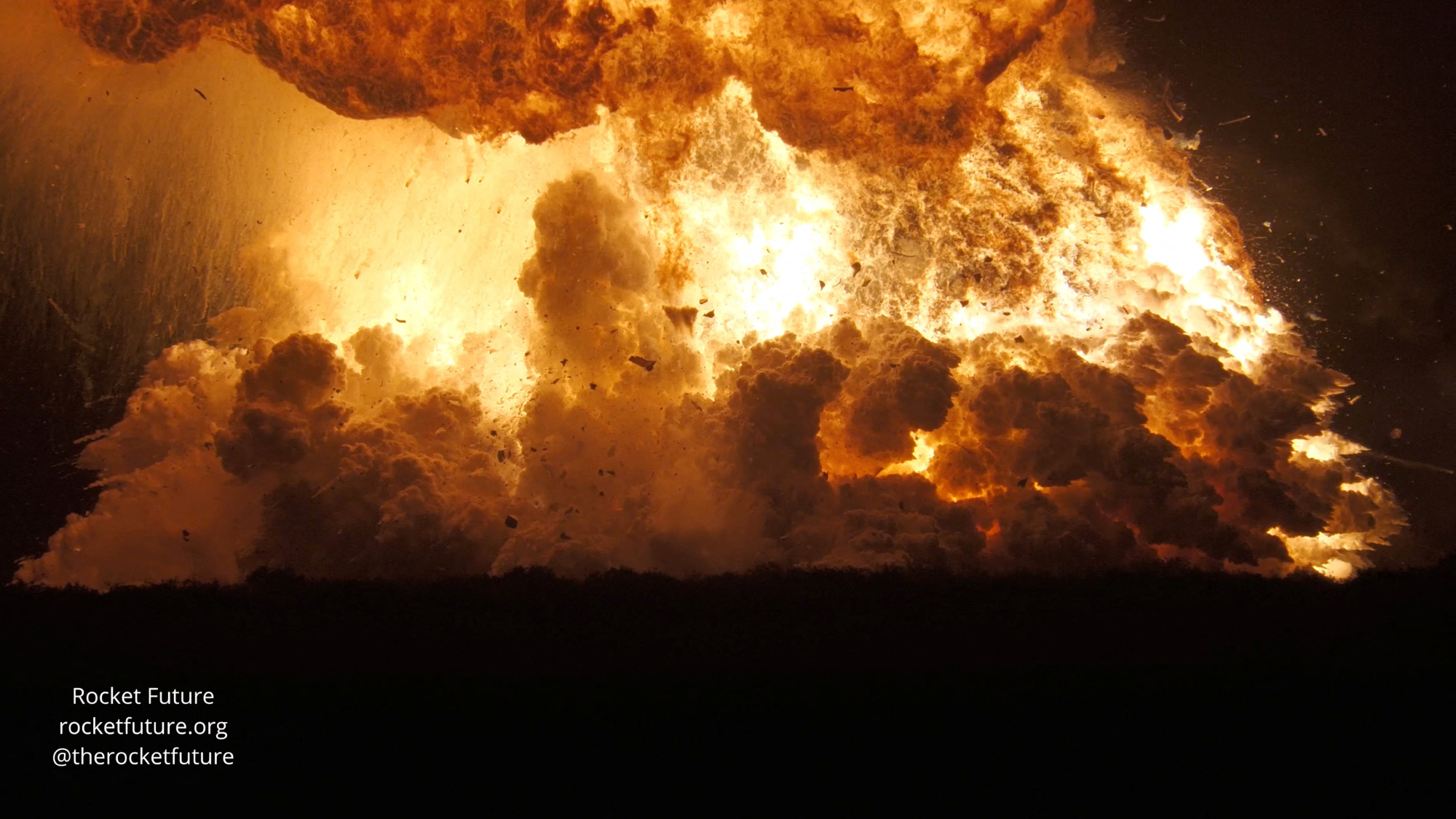 Another Starship blast sets back Musk's Mars hopes
Another Starship blast sets back Musk's Mars hopesSpeed Read Nobody was killed in the explosion, which occurred in south Texas
-
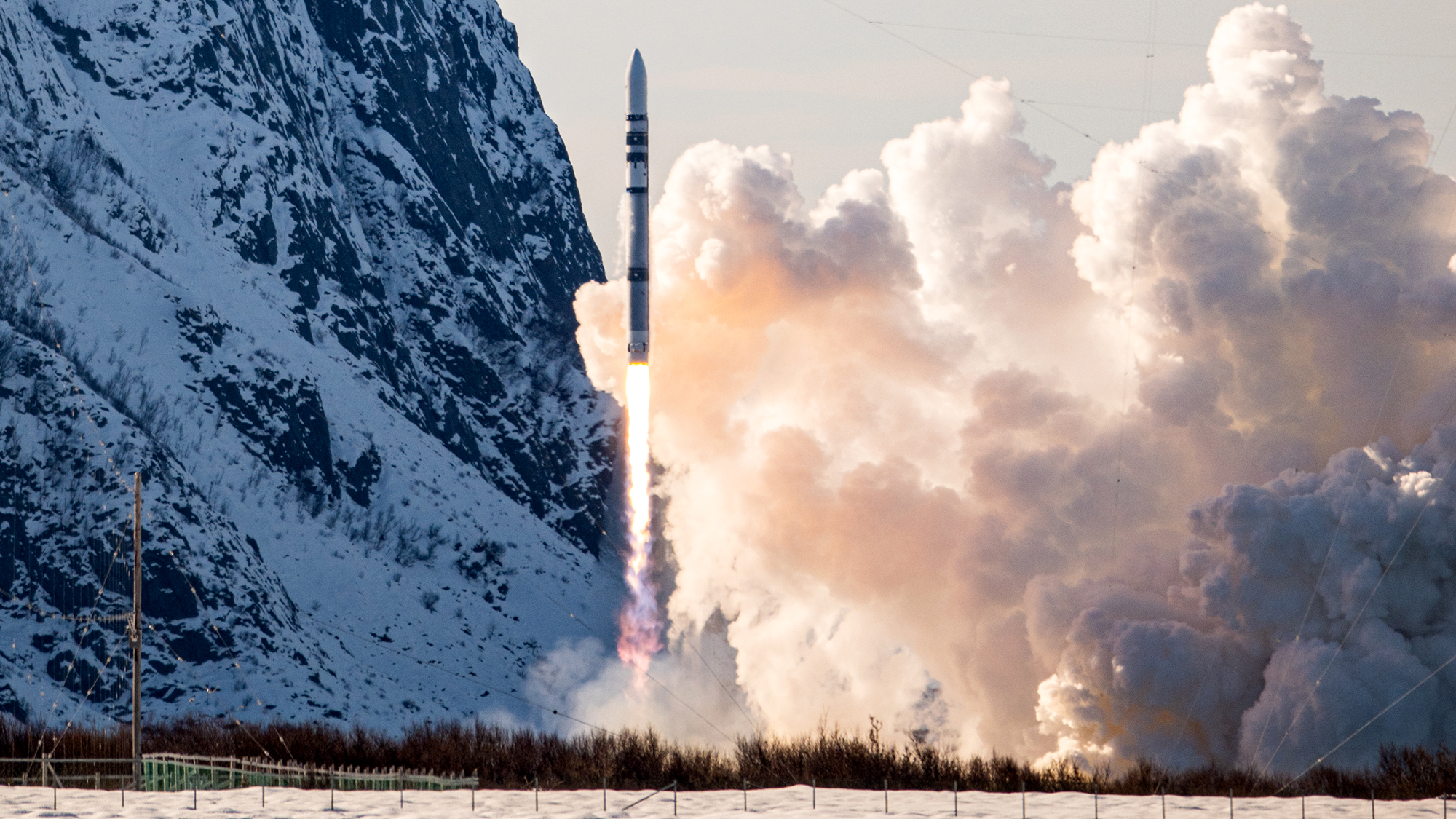 Test flight of orbital rocket from Europe explodes
Test flight of orbital rocket from Europe explodesSpeed Read Isar Aerospace conducted the first test flight of the Spectrum orbital rocket, which crashed after takeoff
-
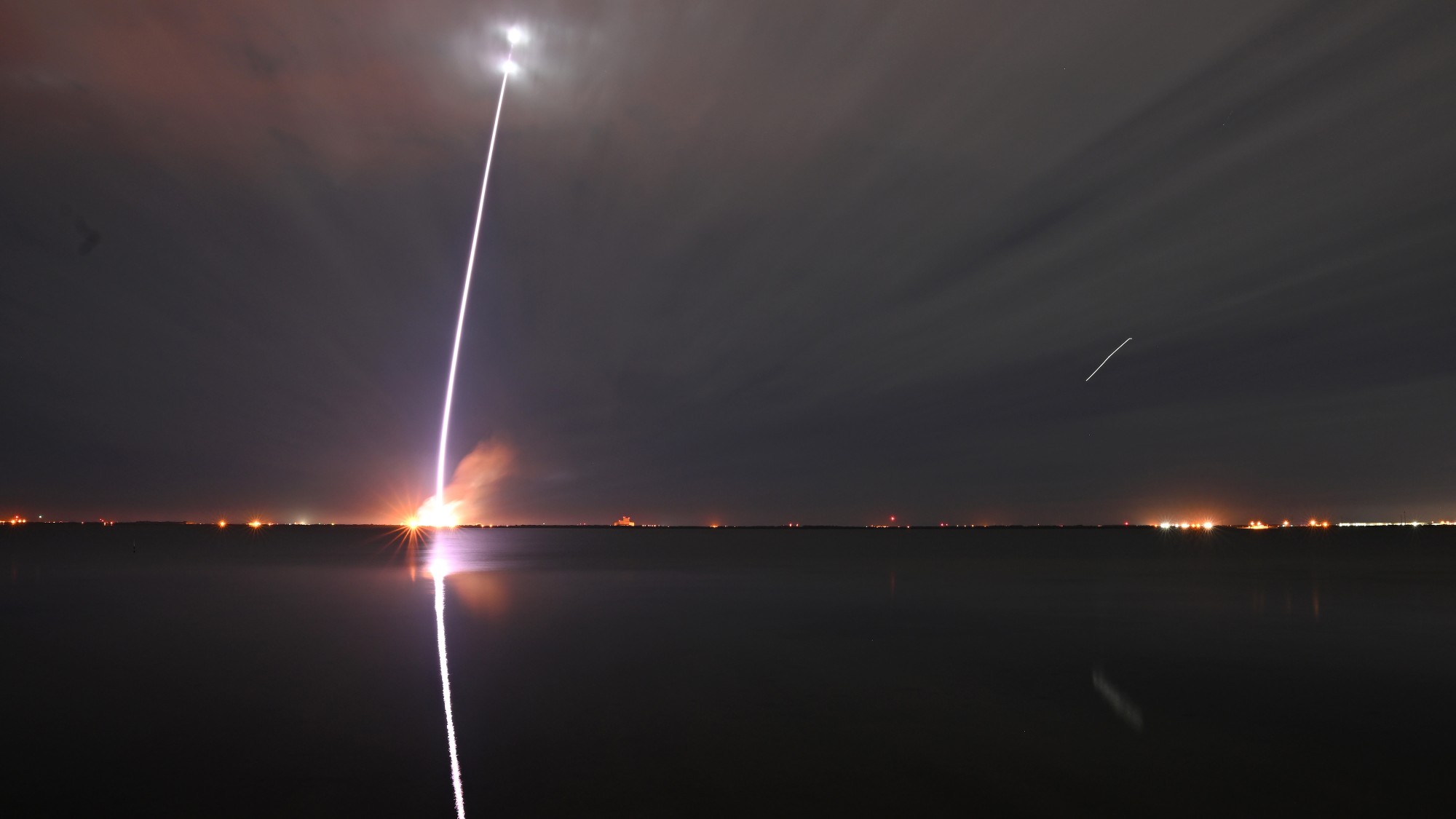 Jeff Bezos, Elon Musk and the billionaire space race
Jeff Bezos, Elon Musk and the billionaire space raceThe Explainer Tesla CEO and Amazon founder vie for dominance of satellite launch market and could influence Nasa plans to return to Moon
-
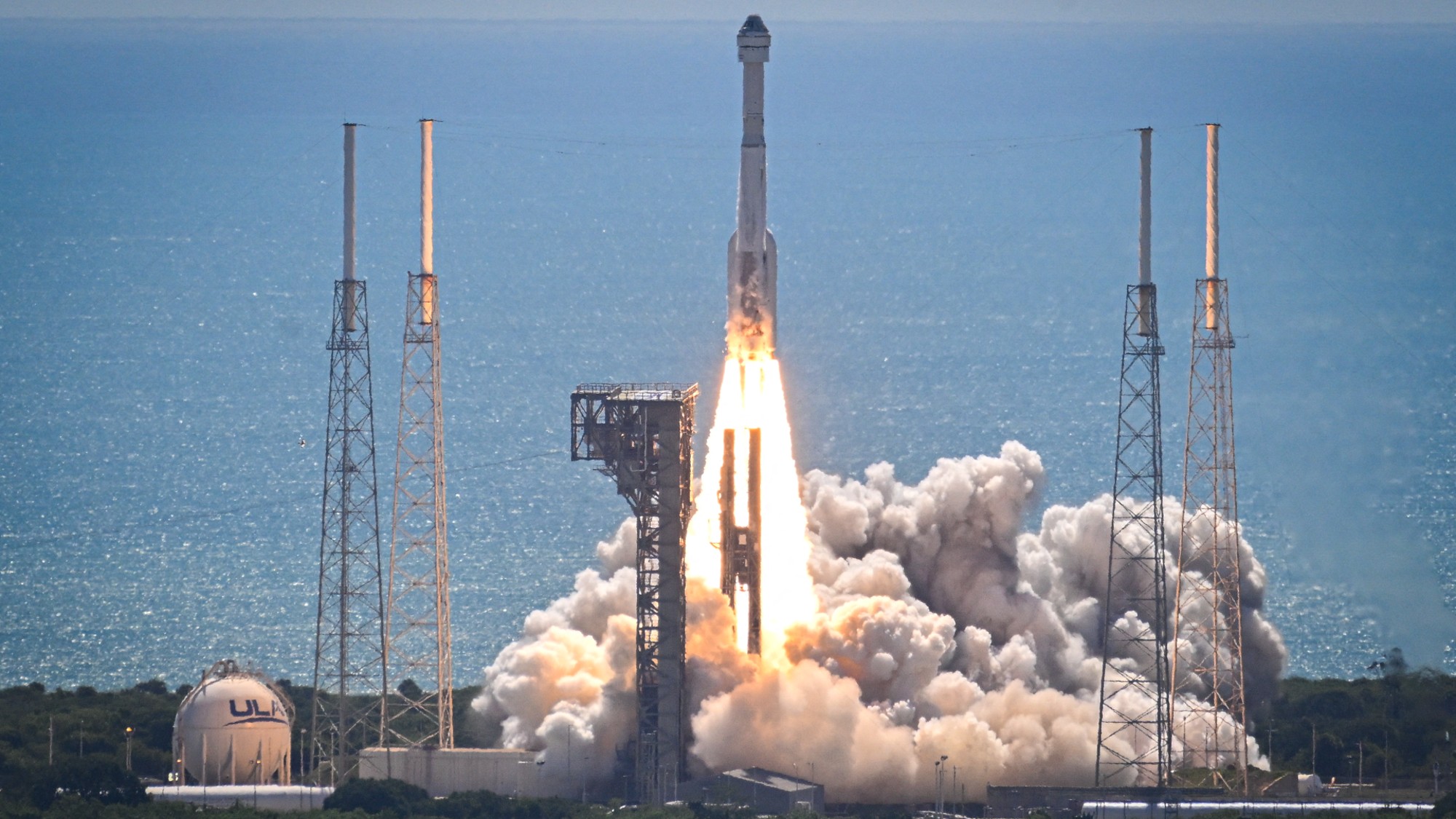 Starliner: What went wrong?
Starliner: What went wrong?Today's Big Question Boeing spacecraft has had a 'long, difficult road'
-
 Boeing, SpaceX successfully test key rockets
Boeing, SpaceX successfully test key rocketsSpeed Read Boeing’s Starliner docked at the ISS and SpaceX completed its fourth test launch of its Starship spacecraft
-
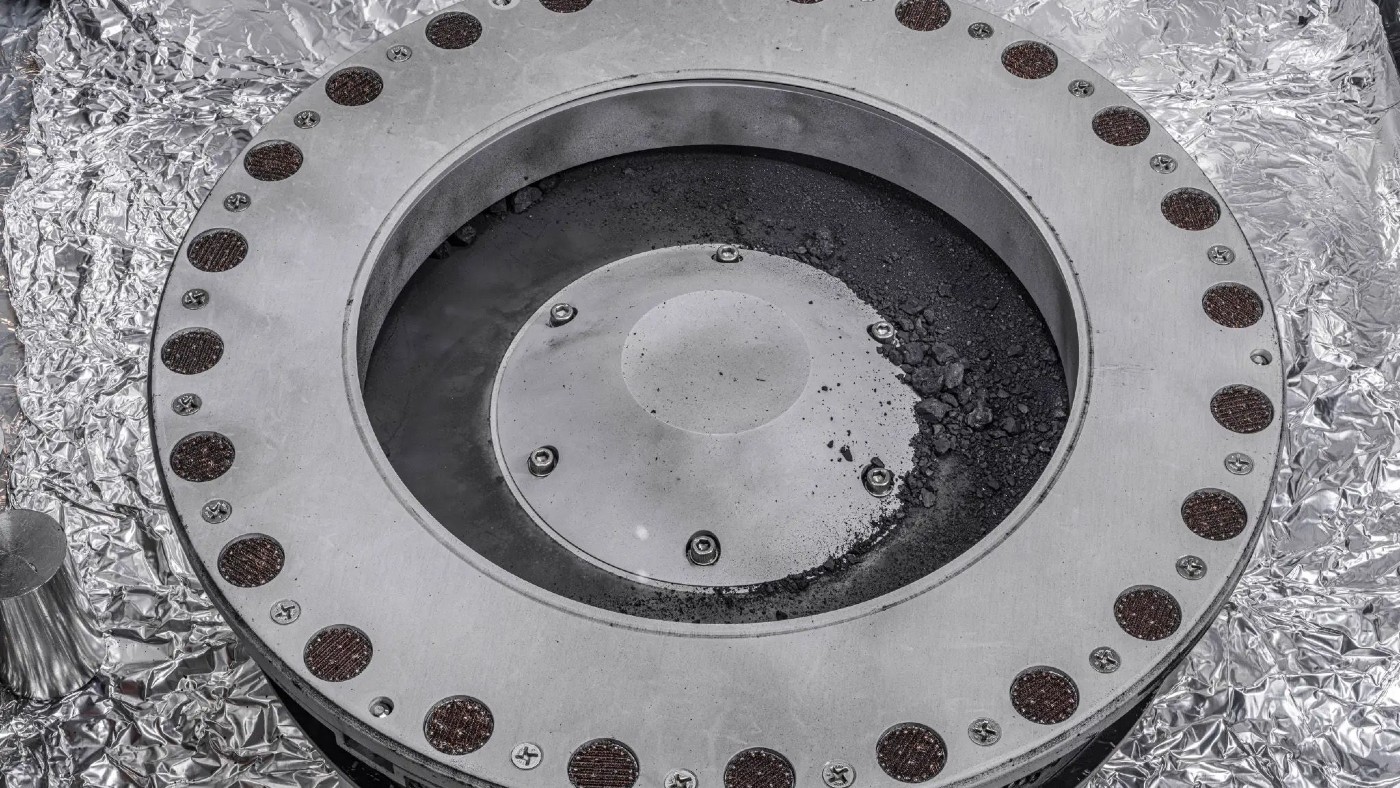 Nasa reveals first findings from asteroid that could explain origins of life
Nasa reveals first findings from asteroid that could explain origins of lifeSpeed Read Sample from Bennu has been found to contain an abundance of water and carbon
-
 Dark side of the Moon: will the race to lunar South Pole spark conflict?
Dark side of the Moon: will the race to lunar South Pole spark conflict?Today's Big Question Russia and India are competing for the ‘new lunar gold’ – but real contest will be between the US and China
-
 How worried we should be about space debris
How worried we should be about space debrisfeature As part of a rocket washes up in Australia scientists warn ‘critical mass’ of orbital junk could only be decades away